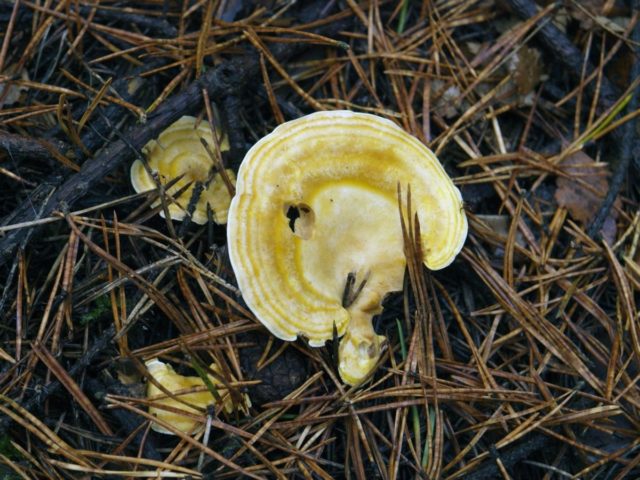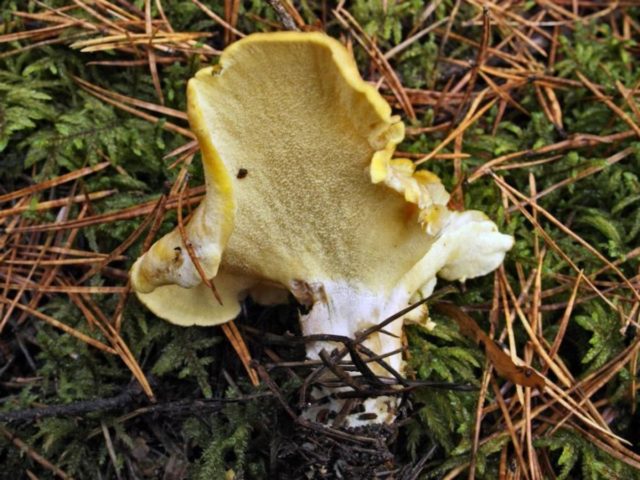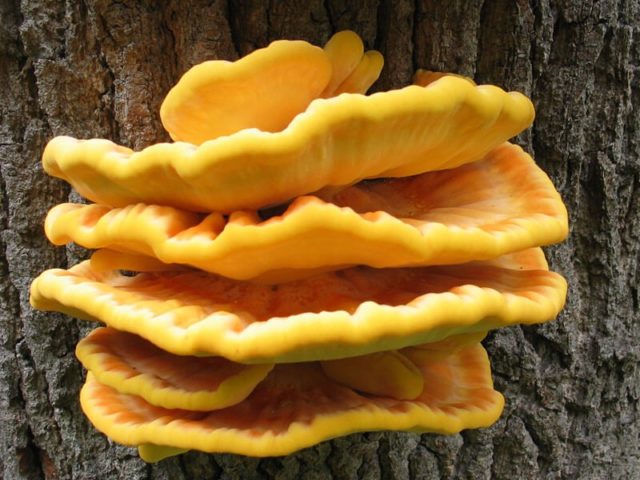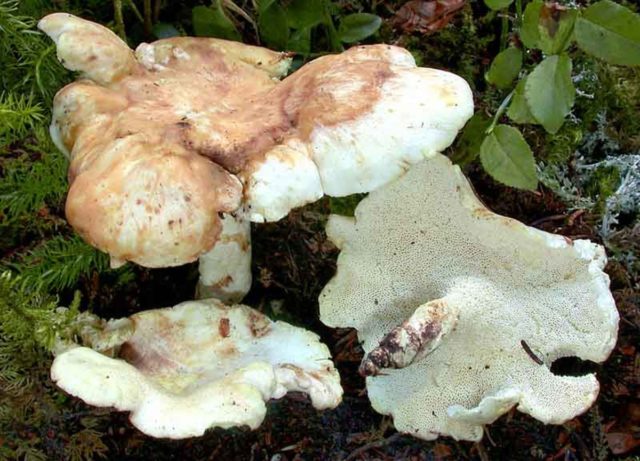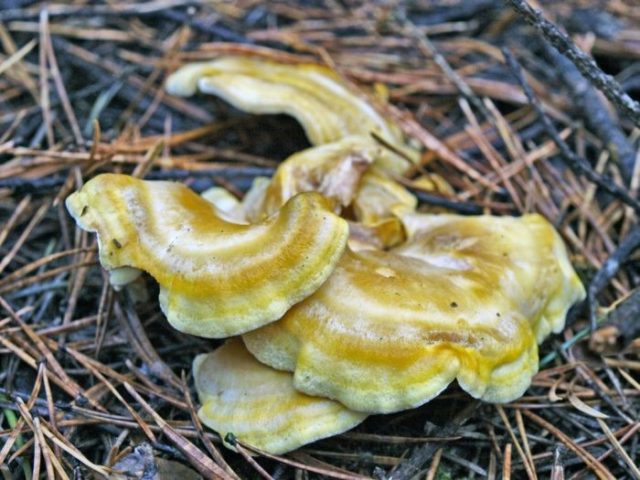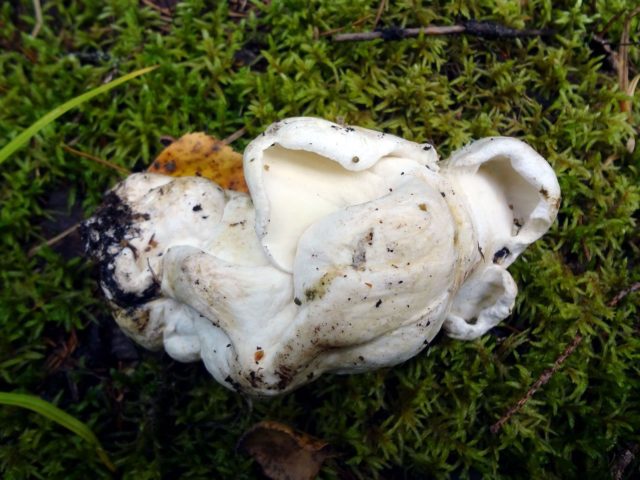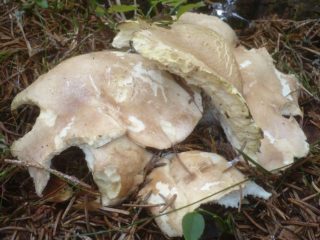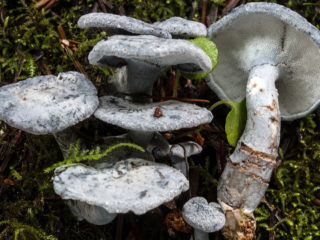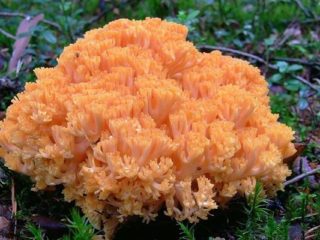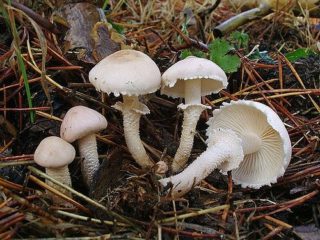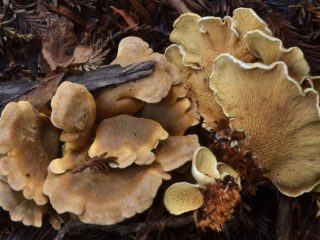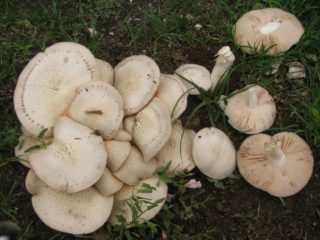Content
Albatrellus syringae is a rare mushroom of the Albatrellaceae family. It is considered a tinder fungus, despite the fact that it grows on the soil, and its fruiting body is clearly divided into a stem and a cap. The genus name "albatrellus" comes from the Latin word, which translates as boletus or boletus. The specific name “syringae” reflects its preferences in terms of place of growth, in particular, near lilacs.
Where does albatrellus lilac grow?
Grows in a variety of forests and park areas, singly or in small groups. Grows near lilac bushes, trunks and stumps of deciduous trees (willow, alder, linden). Widely distributed in Asian countries, North America and Europe.It is rare in Russia. Rare specimens can be found in the European part, Western Siberia and the Far East.
What does lilac albatrellus look like?
An annual mushroom consisting of a stem and a cap. Sometimes the fruiting bodies grow together with several stems and cap edges. The cap is large, about 5-12 cm in diameter and about 10 mm thick. It is convex in the center, the edges are lobed or wavy. The shape of the cap at a young age is funnel-shaped, in mature specimens it is flat-convex. The color varies from yellow to egg-cream, sometimes with darkish spots. The surface of the cap is matte and may be slightly fleecy.
The leg is short, similar in color to the cap. Brittle, fibrous, tuberous, sometimes curved. In old mushrooms it is hollow inside. The pulp is fibrous, fleshy, whitish or dark cream in color.
Is it possible to eat albatrellus lilac?
Albatrellus lilac belongs to the category of edible mushrooms. But in official sources it is characterized as conditionally edible.
Taste qualities of mushroom
Representatives of the genus do not have high nutritional value and belong to the third category. Albatrellus lilac has a pleasant nutty taste, without bitterness. There is no smell. The mushroom is poorly studied, so complete data on its chemical composition are not available.
False doubles
Albatrellus lilac can be confused with the following species:
- Sulfur-yellow tinder fungus (conditionally edible). Color varies from bright yellow to orange. Grows near coniferous trees.
- Albatrellus blushes (inedible). Distinctive features are the more saturated orange color of the fruiting body, including the hymenophore.
- Xanthoporus Peca. Color – greenish-yellowish. There is no exact data on its edibility.
- Sheep polypore. The color of the cap is whitish-gray with yellowish areas. Only young specimens can be eaten; old ones begin to taste bitter.
- Albatrellus confluent (edible). The color is similar to albatrellus blushing, only the color of the hymenophore differs. In young fruiting bodies it is light cream, in old ones it is pinkish-brown. Distinctive features - it grows in large groups, representing fused fruiting bodies.
Collection and use
Fruiting lasts from spring to late autumn. Collection can be carried out in deciduous forests and parks. They are found on lawns, cultivated soils with grass, among hazel trees and other shrubs. In European countries, these mushrooms are not eaten, despite the fact that they are considered edible.
Conclusion
Albatrellus lilac is a little studied representative of a large group of tinder fungi. It is quite rare in Russia. It belongs to the category of edible mushrooms, but does not have any special nutritional value.
